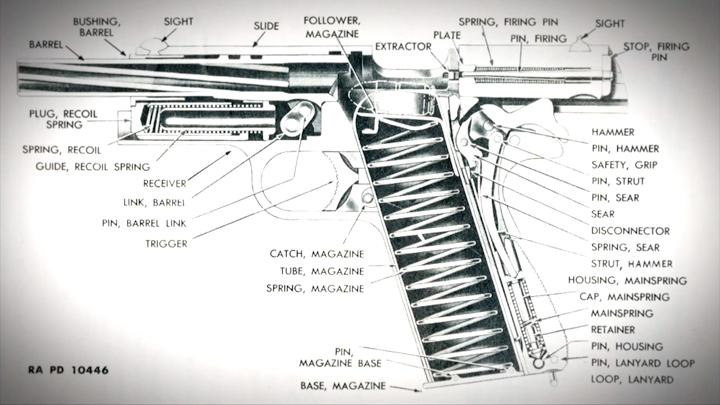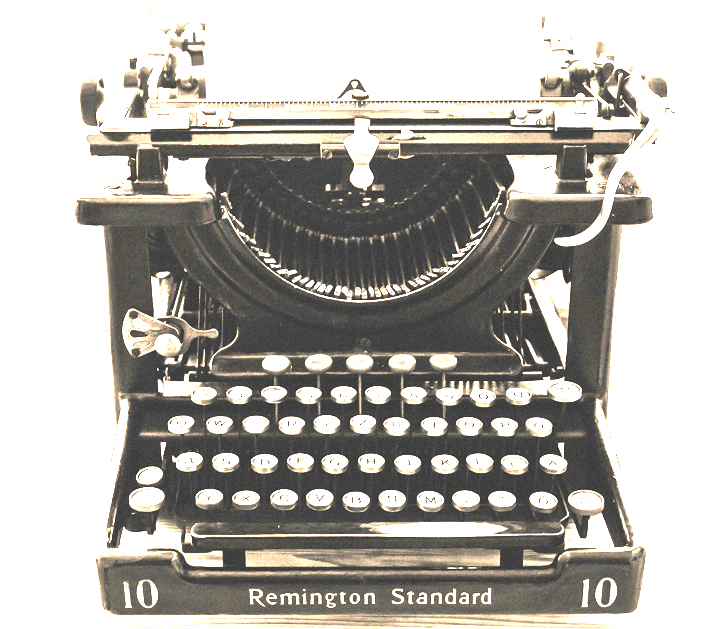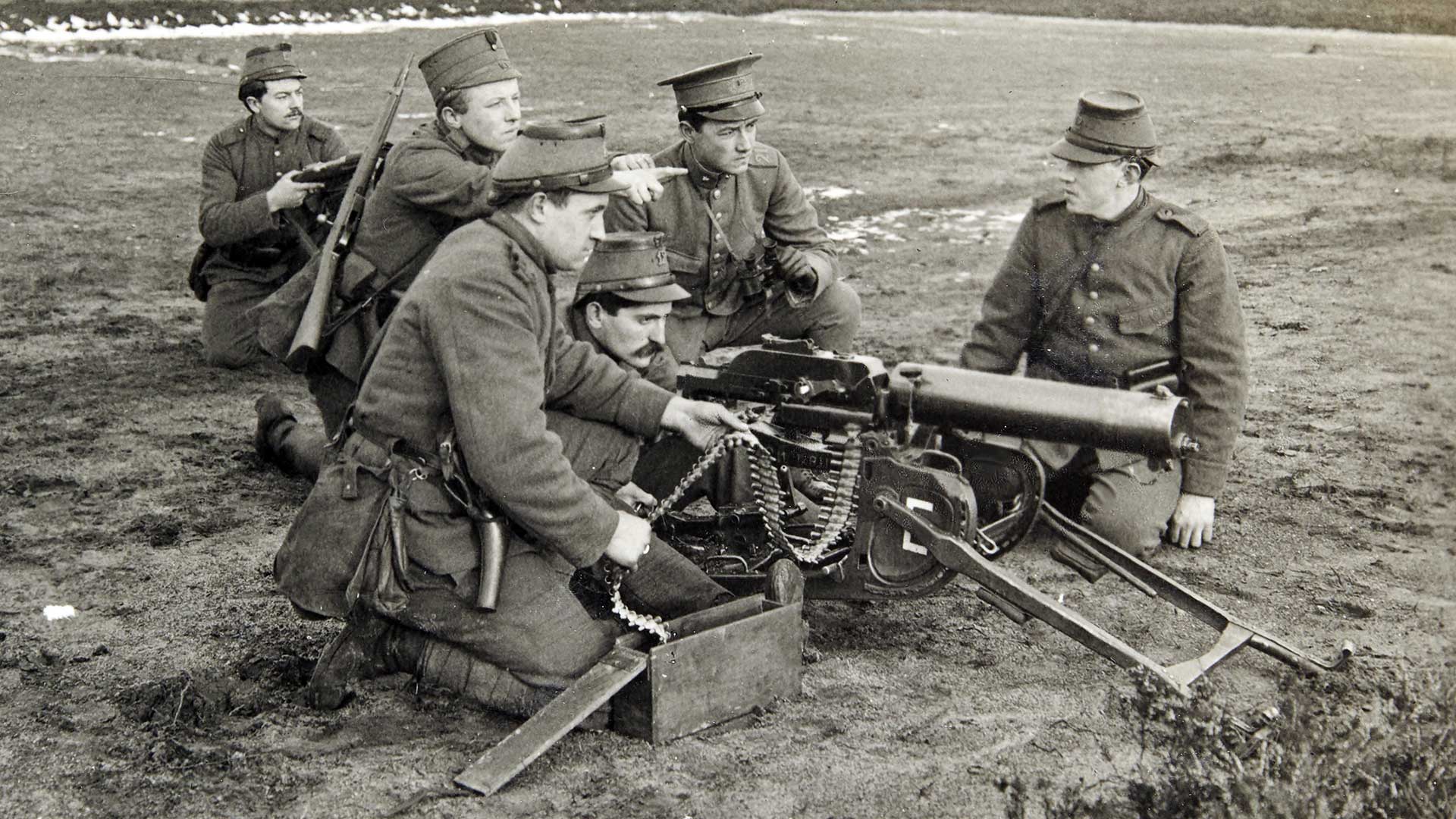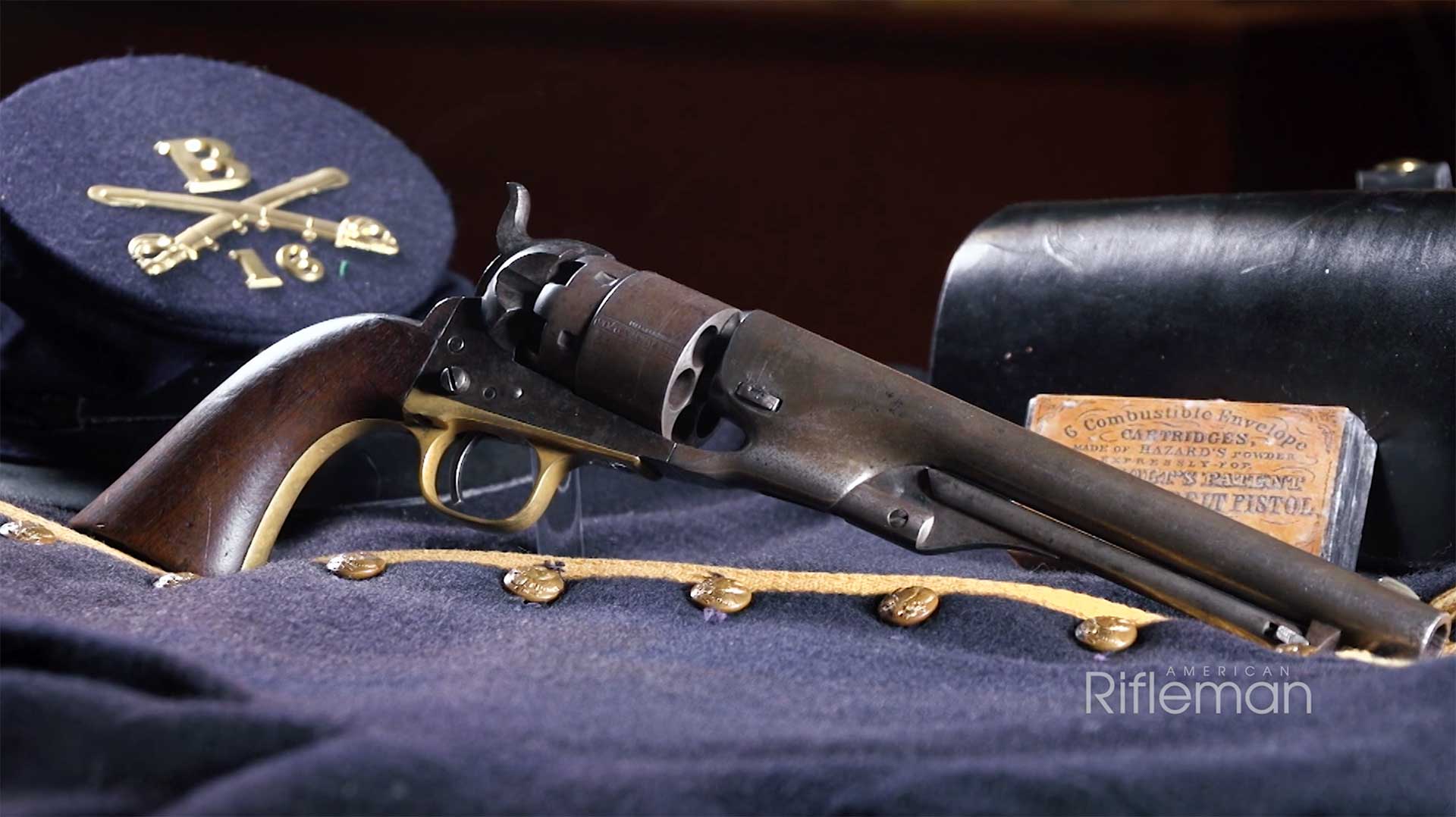The U.S. found itself amid the world's largest war following the attack on Pearl Harbor. As a result, the U.S. government needed to scale up the production of arms necessary for the fight. One such firearm needed in larger quantities was the military's iconic sidearm: the M1911.

Five companies joined the effort to assist U.S. production: Colt, Union Switch and Signal, Singer Manufacturing Company, Ithaca Gun Company and Remington Rand. Following a few changes to the original design, in 1926, an updated design was standardized, resulting in the “A1” designation. The U.S. government order was to build M1911A1 pistols, .45 ACP-chambered semi-automatics of John Browning’s M1911 design.

Remington Rand, based out of Syracuse, New York, began to ramp up production starting in about May 1943, and a total of about 900,000 pistols were manufactured for the U.S. government from the five aforementioned companies.

Despite upsets and slow transitions into firearms manufacture, Remington Rand, not to be confused with Remington Arms Company proper, championed the war effort by furnishing nearly double as many pistols as its closest counterpart.

The straight-line manufacturing process employed by Remington Rand not only allowed for increased production capacity, but strengthened its product quality, which resulted in the future collectability of its pistols built for the war effort.

Due to the parts interchangeability and the desirability of genuine Remington Rand pistols, buyers must beware of well-made clones designed fool even the most-informed historian and hobbyist. Do your homework and understand the differences between parts used and markings left behind. Even then, a spoof can be hard to spot.

Watch the American Rifleman Television "I Have This Old Gun" video segment linked above to learn more about M1911A1 pistols built by Remington Rand.

How to identify a M1911A1:
-Frame markings
-Slide markings
-Serial number
-Sights
-Knurling on trigger
-Extended beavertail grip safety
-Arched mainspring housing
-Reconfigured safety mechanism
-Frame relief-cut at trigger’s rear

























